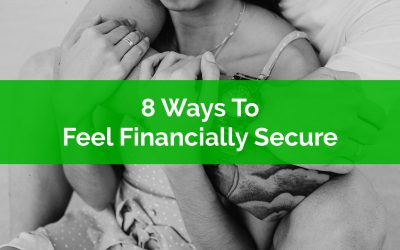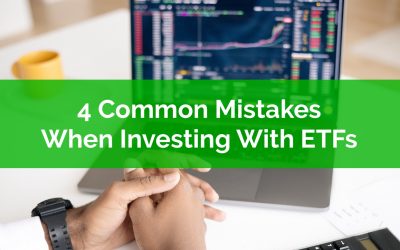Congratulations! You’re on the waitlist!
We will e-mail you before the bootcamp launches for an exclusive preview.
Check out our latest blog posts…
6 Reasons To Start CPP At Age 60
When is the best time to start CPP benefits? In some cases, delaying CPP until age 70 is a wise choice. But in other cases, it might be best to start CPP at age 60.
In this blog post we’re going to look at six good reasons to start CPP at age 60.
Starting CPP at age 60 will mean a smaller monthly benefit but it also means getting CPP income earlier. Starting CPP at age 60 will decrease the size of the benefit by 36% versus the calculated amount at age 65, but even this reduced amount can be $10,000 per year or more!
This reduction in CPP benefits is called the actuarial adjustment and it’s 0.6% for each month that CPP starts before age 65. The maximum reduction is 36% if CPP starts at age 60 but this same rule applies to any start age in between. Start CPP 2-years early at age 63? That’s a 14.4% reduction (24-months x 0.6% per month). Start CPP 3.5-years early at age 61.5? That’s a 25.2% reduction (42-months x 0.6% per month).
Despite the reduction in monthly benefits there are a few very good reasons to start CPP at age 60…
8 Ways To Feel Financially Secure
Feeling financially secure has nothing to do with how much money you have, or how much money you earn, feeling financially secure is all about how you feel about your finances, how you manage your finances, and your attitude towards money in general.
Financial insecurity is a very common feeling. It affects both low-income and high-income households, it affects both young and old. In fact, according to a recent FP Canada survey, at least half of us are affected by financial stress in some way.
“Half (50%) of Canadians say that financial stress has impacted their life in at least one way, with health issues (18%), marriage/relationship problems (15%), distractions and reduced productivity at work (14%), and family disputes (13%) the most common ways stress affects them.” Source.
When talking about financial security, it’s important to differentiate between BEING financially secure and actually FEELING financially secure. It’s possible to BE financially secure but not FEEL that way. It’s possible to be in a good financial position but without the right knowledge, routines and plans, it may not actually feel that way.
In this post we’ve outlined eight things you can do to FEEL financially secure (even if you still have the exact same income, spending, and savings).
4 Common Mistakes When Investing With ETFs
Investing with ETFs has become commonplace over the last 5-10 years, and with good reason, investing with ETFs can provide an easy, low-cost, highly diversified way to create an investment portfolio. But with all the attention ETFs have been getting, it’s understandable that mistakes are being made when self-directed investors are implementing their ETF portfolios.
As an advice-only financial planner, we work with a lot of self-directed investors who want to create a more detailed financial plan. We see a lot of investment portfolios, some of which are excellent, and some with opportunities to improve.
ETF investing has become popular thanks to personal finance bloggers like Canadian Couch Potato. By copying a simple 3-4 fund Canadian Couch Potato portfolio, it’s easy to create a simple, low-cost, and highly diversified investment portfolio.
This low-cost index investing approach is typically what people are referring to when they talk about ETF investing. The issue is that this nuance/detail is often not mentioned or glossed over when ETFs are discussed in the media/newspapers/online forums etc.
The result is that there are many self-directed investors who are keen to use ETFs but are making “mistakes” that could increase their investment fees, decrease their level of diversification, increase their level of risk, or decrease their long-term returns.
Mistakes is in quotations because these are only mistakes when compared to a simple 3-4 fund portfolio (or an even simpler all-in-one portfolio). Some investors may not think these are mistakes at all, but I would challenge any self-directed investor to watch out for the mistakes below, and carefully consider if they may be making some or perhaps all these mistakes when creating an investment portfolio.



